The numbers don’t lie: gearheads are obsessed with more horsepower. Pop open any car forum or group chat and you’ll find people asking the same thing—can swapping an exhaust really make your ride faster? That simple question rattles the car world because everyone’s got an opinion, and plenty have a story that starts with “My buddy put this cat-back on his Mustang and picked up 20 horsepower!” But is it really that easy? The answer cuts deeper than loud pipes and chrome tips.
How Exhaust Systems Affect Horsepower
Most people look at the exhaust as the part that just makes the car louder, but it’s so much more than that. Your exhaust is the final stop for burned gases created inside the engine after the combustion process. When you floor the gas, your engine creates power by mixing air and fuel. But for fresh air to get in and make more power, those spent gases need a quick way out. Here’s where the right exhaust can make a difference.
Think of your engine like a big air pump. It “inhales” clean air and “exhales” the leftover gases. If that exhaust flow is blocked by bends, small pipes, or restrictive mufflers, your engine works harder just to breathe. That wastes energy, robbing your horsepower. An exhaust that flows better reduces this “backpressure”—which is just the resistance the gases face trying to escape the engine. Less resistance frees up energy for your wheels, so you feel more grunt when you punch it.
But don’t let anyone sell you fairytales about exhaust always giving massive gains. On stock daily drivers, tossing on a cheap big-bore muffler rarely adds more than a few horses. Why? The stock system is already matched to the power the factory engine makes. The real magic happens when you’re upgrading a performance car with a high-strung engine—think turbocharged imports, V8 muscle cars, or modified trucks.
Improving flow is a balancing act. If the exhaust pipes are too small, you get heat and pressure building up at high RPMs. Too big, and you lose low-end torque, making your car sluggish off the line. Most shops recommend finding that sweet spot: usually 2.25” to 2.5” for four-bangers, 2.5” to 3” for V6 and V8 cars. But it’s always best to check what’s been proven for your car and mods.
It’s not just the pipe size—design matters. Mandrel bends (smooth curves made without kinking the pipe) help keep the diameter constant, so the gas flows evenly. Crush-bent exhausts restrain flow, and that costs power. Even the materials matter: stainless steel not only lasts longer against rust, but it manages heat better than mild steel, helping performance on track days and daily commutes.
Let’s break down the basic types you’ll see tossed around:
- Axle-back systems: Replace only the section from the rear axle back. Usually adds sound and small gains.
- Cat-back systems: Swap the piping from the catalytic converter all the way to the tailpipes. Cat-backs balance sound, weight, and performance. This is the sweet spot for most people.
- Full headers and exhaust: Replace everything from the engine’s exhaust manifold back, including high-flow catalytic converters and racing pipes. This is where you’ll see the biggest gains, but expect bigger money and the chance for legal headaches with emissions in some states.
Here’s a straightforward table that sums up typical horsepower gains from exhaust upgrades based on real-world shop tests:
| Exhaust Upgrade Type | Average Horsepower Gain | Cost Range (USD) |
|---|---|---|
| Axle-back | 1-5 hp | $250-$600 |
| Cat-back | 5-15 hp | $400-$1,200 |
| Header-back/Full system | 10-25+ hp | $900-$2,500+ |
Types of Exhaust Systems and Their Impact
Tuning your exhaust is as much about style as substance. The right setup can turn a sleepy sedan into a growler or a turbocharged coupe into a screamer. But every system has trade-offs, and knowing those can save you from wasting money or being that guy with an obnoxiously loud daily driver.
The axle-back exhaust is the budget racer’s foot in the door. It replaces the pipes and mufflers just behind the rear axle—basically it’s all about sound, with some modest weight savings. Sure, it might get you 1-3 extra horsepower, but don’t look for a seat-of-the-pants improvement unless you just really crave a throatier note. These are simple to install and rarely cause any check-engine warnings.
Next step up is the cat-back system. Here, the old pipes are swapped from the catalytic converter all the way back to your rear bumper. This is the most popular Ford Mustang or Subaru WRX mod for a reason—you get a deeper, more aggressive tone, less backpressure, and somewhere between 5-15 horses, sometimes even more if your car is turbocharged or has cam/intake work. Cat-back kits are engineered to fit like stock, so you hardly ever have to hack anything up. If you care about looks, too, cat-backs often come with polished tips and fancier hardware.
If you want the most, you’ll need to dive into headers. The factory exhaust manifold is built with cost, noise, and emissions in mind, not performace. Swapping manifolds for a true “header”—a pipe tuned for quicker exhaust evacuation—can wake up the whole engine, especially higher on the rev range. Long-tube headers help the most with top-end power; shorties boost midrange torque if you’re mostly in the city. Combined with a full exhaust, it’s not rare to pick up 20-30 horsepower on a V8, or 10-15 on a healthy V6. But headers are a pain to install, often require moving around sensors or steering parts, and can trigger dreaded check engine lights or legal issues in emission-controlled states.
Don’t forget about the humble high-flow catalytic converter or race-pipe. These drop-in units are less restrictive than factory cats, letting gases pass faster with less buildup. They work best if you also have an intake, cam, or tune, making them the cherry on a well-set sundae. But remember: removing or tampering with factory cats is illegal on street cars in the US and many other countries. That’s not a warning—just real talk if you want your car to pass inspection or avoid fines.
Resonators are another upgrade you might hear about. They’re designed to fine-tune the exhaust note and reduce the dreaded drone many aftermarket exhausts give at highway speeds. Some drivers love the aggressive sound, others (and their neighbors…and their spouses) might not. When I swapped in a new cat-back on my old Civic, Felicity lasted two weeks before she insisted I order a resonator to quiet things down on our daily commutes. You don’t get more horsepower from a resonator itself, but the right combo can improve driveability.
What about dual exhausts? Sure, they look cool and stay in style. If your engine is big enough to need it—think V8s—a true dual setup can reduce backpressure and balance gas flow between the banks, especially with an "X-pipe" or "H-pipe" crossover. But on smaller cars with only one exhaust manifold, dual pipes are mostly for show unless the rest of your mods justify it.
The single biggest tip: Don’t pick based solely on sound or looks. Watch dyno tests from shops and reliable YouTubers who use your exact car as their guinea pig. Results can vary by five or ten horses depending on the brand, pipe size, or if they cheaped out on bends.

Aftermarket vs. Stock: The Real Differences
The guy at the local parts store might tell you his $100 muffler adds “up to 15 horsepower.” Truth is, the difference between aftermarket and stock pipes comes down to how much power you’re already making and where your restrictions sit.
Stock exhausts work fine for daily commuters because they balance noise, emissions, cost, and simplicity. But start modding the engine—add a cold air intake, tuner, cams, or forced induction—and the stock pipes become a bottleneck. All that extra air and fuel can’t escape fast enough, creating a traffic jam of hot gases right before the tips.
Aftermarket systems use larger diameter piping, fewer tight bends, and better materials like stainless steel. The main payoff is reduced backpressure, which lets your engine push more exhaust out with the same amount of work. Lightening up the system with aluminum or titanium can shave precious pounds, noticeable for track days or autocross, though pricey for daily driving.
It's not all roses, though. Sometimes folks go too big, which slows down exhaust velocity and kills low-end torque. For example, throwing a 4” pipe on a stock Honda Accord won’t do anything but drain your wallet and irritate your neighbors. Matching your exhaust to your mods matters—there are calculators online, but usually, cat-backs designed for your car hit the right numbers. Check forums for dyno graphs of before/after results for your model and common brands. There isn’t a magic one-size-fits-all.
Here’s another important stat: The EPA and automakers say that most cars don't lose more than 2-4 horsepower from emissions equipment below 300 horsepower. That means on mild builds, a full racing exhaust won't make much extra unless you’re cranking out serious numbers. For turbo cars, though, exhaust upgrades can make a much bigger dent—removing just one restriction can help your turbo spool quicker and make more boost everywhere.
Ever seen those wild gains in YouTube dyno tests? Most feature modified engines or high-performance models where the stock exhaust is already near its limit. On a tuned Subaru WRX, switching to a turbo-back exhaust with a tune brought a net gain of nearly 30 horsepower at the wheels (proven by Cobb Tuning and others). But on a new naturally aspirated Toyota Corolla, you’d be lucky to see half that even after a full header-back swap.
For those with newer cars, always keep warranty and OBD-II sensors in mind. Some aftermarket systems can trip sensors and cause check engine lights if not designed for your exact car and engine. Always double-check that your chosen exhaust is "50-state legal" if you live in California or other CARB-restricted areas.
If you daily your car and don’t want drone, aim for systems with resonated midpipes or mufflers designed to reduce cabin noise. More expensive systems often have "helmholtz" chambers that kill drone at highway speeds, a real blessing if you do any long trips or have passengers who hate headaches.
On the other end, if you’re running forced induction (turbo or supercharger), a wide-open exhaust (sometimes called a “turbo-back”) can boost power by 10-30% with proper tuning. Ever notice those big downpipes on modified Subarus, Evos, or VW GTIs? That’s no accident—the turbo can spin up much faster with no bottlenecks in the way. Key here is always pairing the exhaust with a tune; otherwise, you can run lean and risk engine damage.
Choosing the Right Exhaust System for Your Car
This is the fun part—and also where a lot of folks mess up. Picking the best exhaust for horsepower isn’t just about the numbers. It’s about what you want from your car, how you drive, local laws, and how deep your pockets are.
First, get real about your goals. Are you after every ounce of horsepower, or just some extra growl without waking up the whole block at 6 a.m.? Daily drivers should look for systems that balance tone with comfort. Track junkies or drag racers can go for the rowdiest setup possible, laws permitting.
Next, set a budget. Parts cost money, and sometimes installation is a real beast. If you’re comfortable with jack stands and hand tools, you can save a ton by buying bolt-on kits and doing the work yourself. But anything with headers or complicated routing usually calls for a good exhaust shop—especially if you want it welded and leak-free.
Before you even shop, measure—both your goals and your pipes. Factory specs are found in your car’s manual or on community forums. Look for what diameter, bends, and layout owners with similar setups are running. Don’t just eyeball it; getting pipe size wrong can mess up your driveability worse than leaving it stock.
The same system isn’t best for every car, but some brands have earned reputation for real, tested gains. Borla, Magnaflow, Flowmaster, and Corsa are trusted names many enthusiasts swear by. For imports, check Invidia, GReddy, HKS, or Tomei. These companies publish real dyno charts and use higher quality bends, welds, and materials. Beware eBay “no-name” systems; sometimes they rob power, rust out, or fit so poorly you’ll spend hours back under the car fighting leaks.
Think about the rest of your build, too. Bigger gains come from exhaust matched with intake, tuning, and cams. Don’t expect miracles from swapping just one part if everything else is factory. Modern engine computers quickly adapt, and sometimes need a flash or reset to take full advantage of improved flow.
The last factor: the law. Every area has different rules about emissions and noise. You don’t want your project sidelined because you failed a smog check or got a noise ticket. Bolt-on cat-back systems that keep the catalytic converters in place usually avoid most legal woes and still bring healthy gains. Headers or test pipes can be fun for weekend toys or track cars, but know what you’re getting into.
Here’s a snapshot table of typical street-legal options versus race-only systems:
| System Type | Street Legal? | Noise Level | Typical Power Gain |
|---|---|---|---|
| Axle-back | Yes | Moderate | 1-5 hp |
| Cat-back | Yes | Moderate to loud | 5-15 hp |
| Headers (with cat) | Depends | Loud | 10-18 hp |
| Header-back (no cat) | No | Very loud | 20+ hp (with other mods) |
The bottom line: if you want more horsepower, skip just the muffler and look to either a well-designed cat-back or, for serious builds, headers with high-flow cats. Pairing with tuning and other mods lets you unlock even bigger numbers—without just making more noise for no reason.

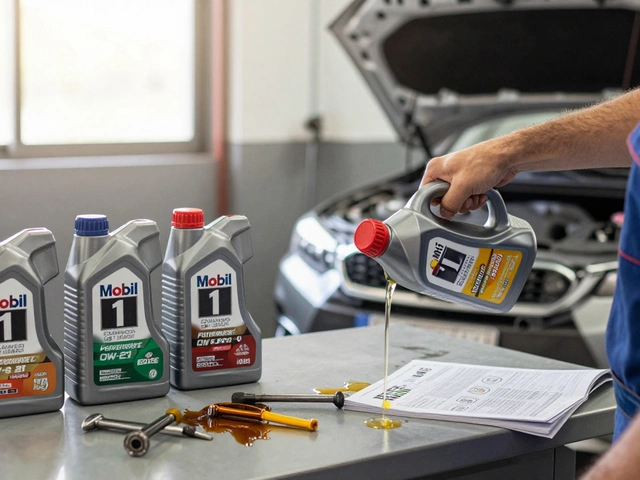
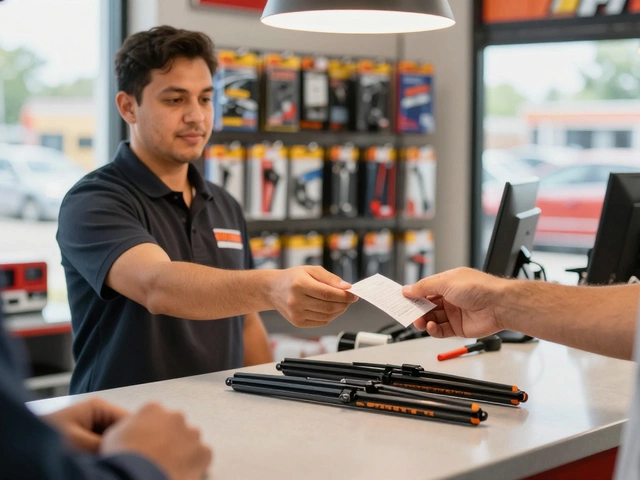
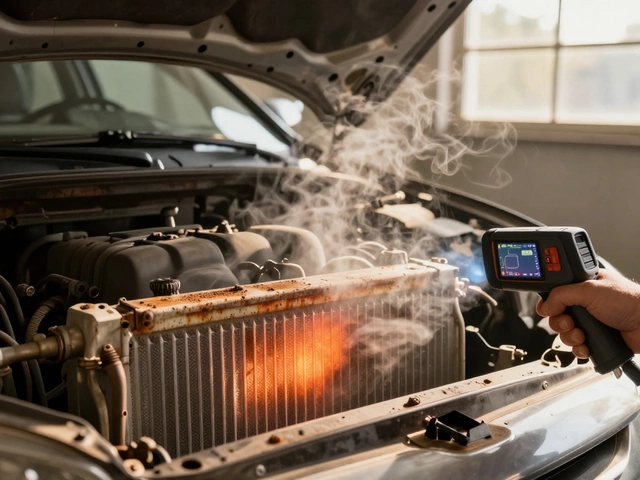

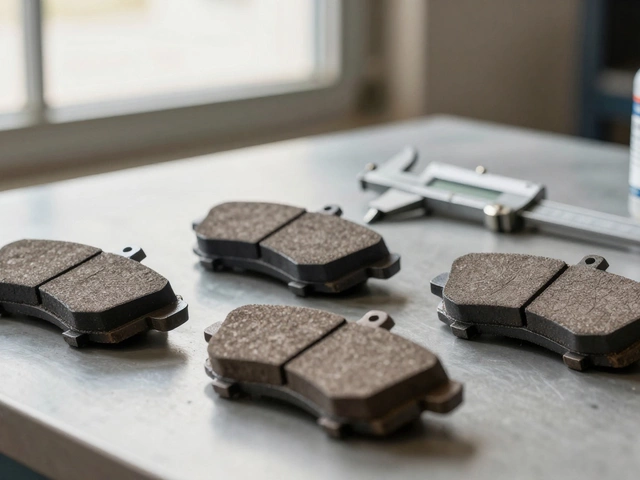


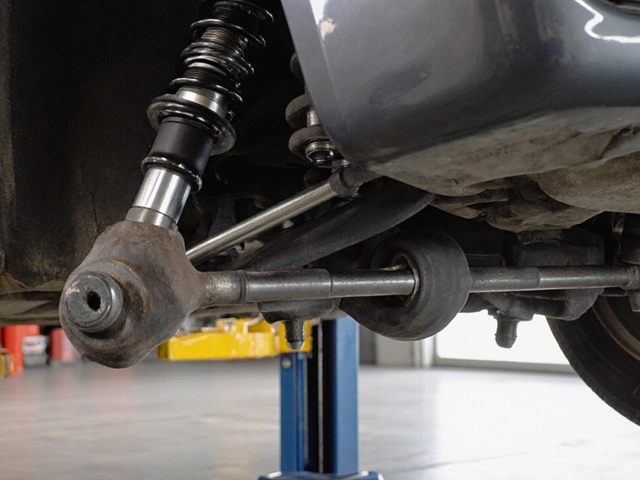

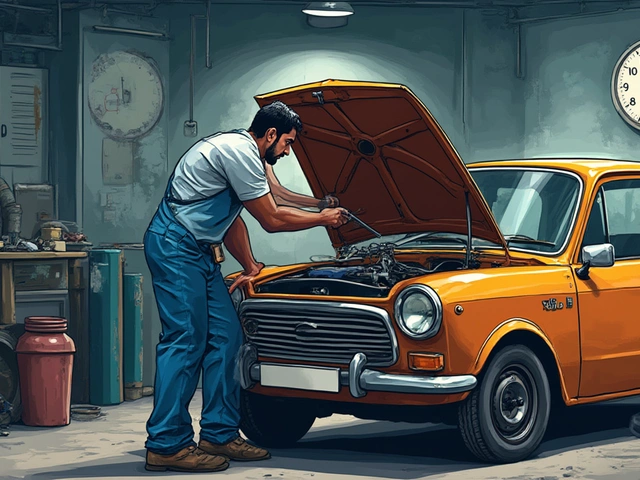
Write a comment